- Home
- Insulin Resistance
Insulin Resistance
Have you heard the term “insulin resistance”? Have you wondered what it’s all about? Let’s spend a few minutes to chat about it.
Insulin resistance is a term that is used to describe what happens when your body’s cells become unresponsive to the hormone insulin. So what? Well, Insulin is important since it manages the amount of glucose (sugar) coursing through your bloodstream. So, it’s kind of a big deal. When the glucose starts to build up in the bloodstream it’s called hyperglycemia, and that can lead to serious health issues including diabetes.
But we are getting ahead of ourselves here. Before we get talking about the nitty gritty of insulin resistance let’s have a look at how insulin works. Don’t worry, I won’t get too geek-y on you! It’ll all make sense. I promise.
How Insulin Works
The hormone insulin has many functions. One of its primary jobs is to escort blood glucose (sugar) out of your bloodstream and into your cells to be used for fuel to give you energy.
How does insulin do that? Insulin acts as a “key” to unlock the insulin receptor on a cell. When the key is inserted into the receptor it opens a “doorway”. This doorway is referred to as the glucose channel. When the glucose channel opens, the glucose molecules can enter the cell. That’s exactly how it’s supposed to work. The simple diagram below illustrates this process.
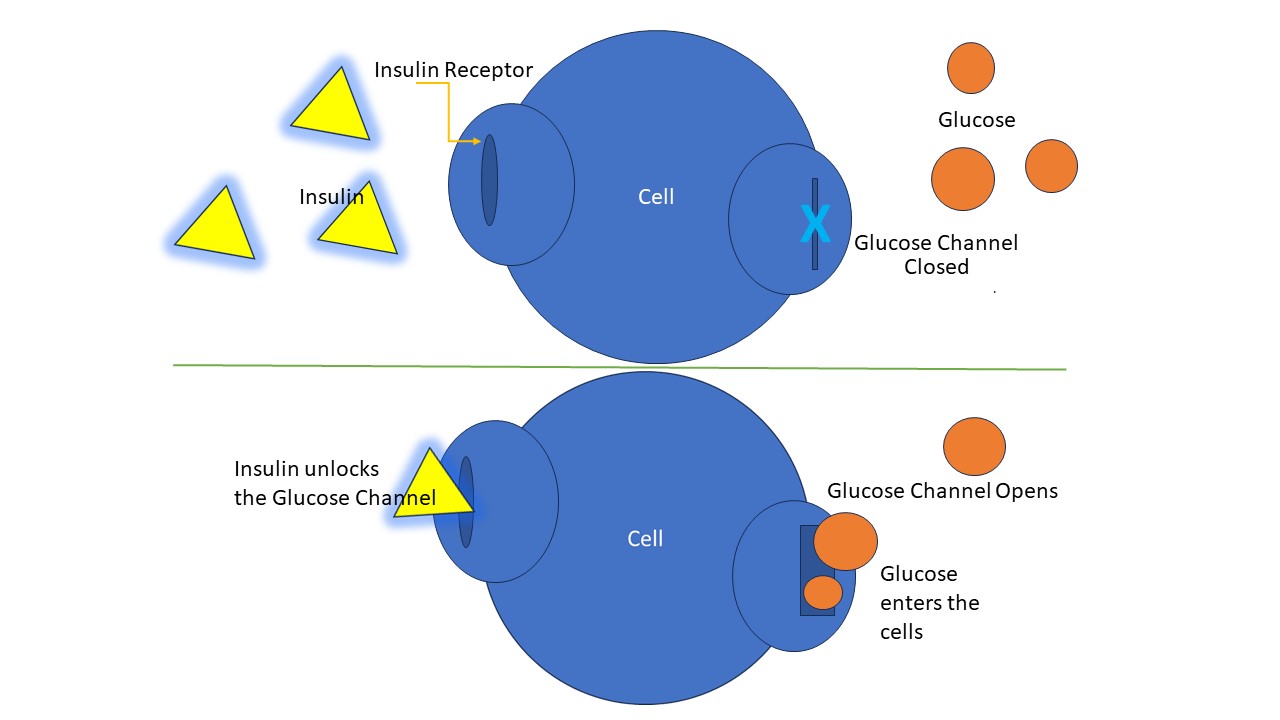
OK, so now
that we know how insulin works, what would stop it from doing its job properly?
That’s important to know because that’s
what’s at the root of insulin resistance.
If you’re eating a diet that’s mostly made up of foods you grab on the run, including pre-packaged meals and take-out, plus sweets for energy, you’re bombarding your body with a ton of sugar and carbs which are converted to glucose.
If you do this once every few months your body can handle it. The insulin can work a little overtime and shuttle all that glucose into receptive cells where it will be burned for energy. But if your daily go-to for meals and nutrition is based on the Standard American Diet, that’s when you begin to run into trouble. That’s because you are regularly consuming large amounts of carbohydrates and sugar.
Large amounts of insulin are required to move those large amounts of sugar out of your bloodstream.
The cells get tired of the steady stream of insulin knocking at their doors. And when they get tired, the lock on the insulin receptor no longer works very well. At some point, the lock seizes up and the glucose channel no longer opens to let the glucose molecules in. The cells are now resistant to insulin. And there you have it… chronic insulin resistance.
When that happens, it causes stress on the pancreas. And why is that? The pancreas creates and supplies insulin to regulate your blood sugar levels. So, the pancreas continues to send out more and more insulin to try and get the glucose out of your blood.
But now, because of the locked receptors and excess blood sugar, there’s too much insulin in circulation. That’s referred to as hyperinsulinemia. And hyperinsulinemia can lead to the development of visceral fat. You don’t want visceral fat. This type of fat wraps around your internal organs and gives you that big belly bloat… sometimes referred to as “beer belly”. And this leads to systemic inflammation as well as Type 2 diabetes, cardiovascular disease and much more.
How Do You Know If You Have Insulin Resistance?
You can’t
tell if you’re insulin resistant (IR) just by looking. Both slim and fat
individuals develop insulin resistance in equal numbers. So, you can’t just
look at someone and assume, based on their size that they have, or don’t have, insulin
resistance.
To discover if you have insulin resistance, your family doctor will need to know what your fasting insulin level is in addition to your fasting blood glucose level. That requires a couple of simple blood tests. It may also require an oral glucose tolerance test (OGTT).
For this test you will have your blood drawn first. Then you chug back a sweet syrupy drink and you wait in the lab for an hour. Then you have blood drawn again. This test measures how well your body can process a large amount of sugar that is consumed quickly. And of course, insulin plays a key role in this.
If you are called in for a discussion with your doctor after this test, buckle up. He or she may have some bad news for you. But don’t despair, there are solutions.
So, What Should We Do?
First, I have some bad news and then I have some good news. So, you may as well keep reading!
Insulin resistance doesn’t happen over a few days or months. It develops over decades. And it goes undetected during that time because there are no signs or symptoms. Most doctors don’t really become concerned about blood glucose unless the number is high, at which point you’ve most likely had insulin resistance for years! And since most doctors don’t check fasting insulin, it’s not surprising that you didn’t get a heads up.
So, what’s the lesson learned here? Get blood work done and ask to have a fasting Insulin test included. Then ask your doctor about your numbers and what they mean.

If you have
insulin resistance you can turn the ship around as long as you haven’t suffered
permanent damage from a stroke or certain cancers or a coronary event. Those
result in permanent damage. But at least you can stop things from getting
worse. And if you’re still early on the spectrum chart, you can avoid insulin
resistance altogether.
How do you do that? You eliminate sugar and processed food from your diet, and you become more active. Yes, you’ve gotta move more because it helps make your cells more insulin sensitive. That’s what we want!! Insulin sensitivity. Not the kind of sensitivity that makes you cry during romantic movies but the kind that invites insulin to transfer glucose into your cells.
Isn’t Insulin Resistance the Same as Metabolic Syndrome?
That’s a great question. Interestingly, many people use the terms interchangeably. But insulin resistance comes first. It’s one of the key components that drive metabolic syndrome. Metabolic syndrome shows up after the damage from insulin resistance has begun. And what are the symptoms?
You start to see high blood pressure, low HDL cholesterol, high triglycerides, large waist circumference, and high blood glucose. I’ve written more about metabolic syndrome here if you’d like to learn more.
It Comes Down to This
At the risk of sounding like a parrot who’s only learned one sentence, you’ve got to change the way you eat.
And I don’t mean just “being good” for two weeks so you can
lose a couple pounds. I’m talking about making nutritious choices every day at
every meal for as long as you live, which should be a long time if you do this.
If you don’t do this, you’re at a great risk of developing insulin resistance and
metabolic syndrome. And that’s no way to live… you don’t want that.
Most people achieve a great measure of success by adopting a keto or low carb diet. By getting sugar out of your diet, you can reverse insulin resistance or better yet, avoid it altogether! Here’s more information about eating low carb.
I know this is all so confusing and frustrating. We’ve been told to eat the Standard American Diet (SAD) all these years because that’s what’s supposed to be optimal for us. But unfortunately, it’s not. It’s far from optimal.
If you start your day with a glass of orange juice, a slice of whole wheat toast, cereal with milk and a cut up banana, you have effectively sent your blood glucose sky high. Believe me, that’s a huge amount of glucose!
And now, as you know, the pancreas must release lots of insulin to get all that glucose out of your blood and into your cells. And that’s just one meal!!
By mid morning, your blood sugar levels will drop, and you will feel the need to recharge with a snack. So how about a muffin and coffee? Or worse… a doughnut with coffee. There goes your blood sugar again with insulin packing it into your cells.
Lunch comes and you do it again. And then comes 3 PM coffee break and a sweet treat… if you do this day in day out, you will develop insulin resistance.
Ch-ch-ch-ch-Changes
I know that
change is hard, but people do it all the time. It’s never too late to take back
control of your own health. I can help you do that.
Reducing sugar in your diet and cutting down on carbs may seem impossible right now. I know it’s a tall order. But it’s worth doing and I can help if you need it.
I’ve seen many people turn their health around. Some of the changes you can expect are weight loss if you’re overweight, more energy, clarity of mind and a better mood. Some of these changes happen very quickly with a diet that’s tailor made just for you. Learn more about my services here.
Make the change for a better life. Avoid insulin resistance. You won’t regret it.
Start by learning more about insulin resistance symptoms by clicking or tapping here.

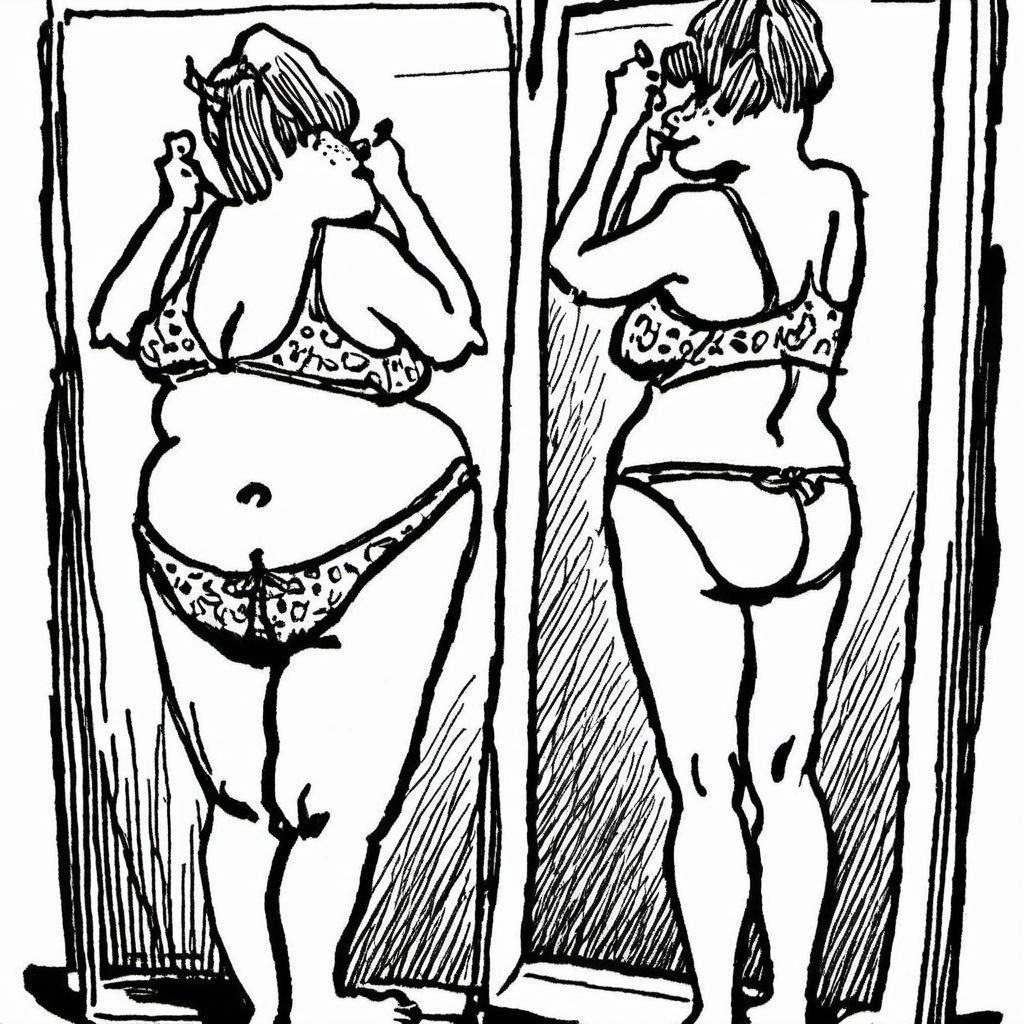
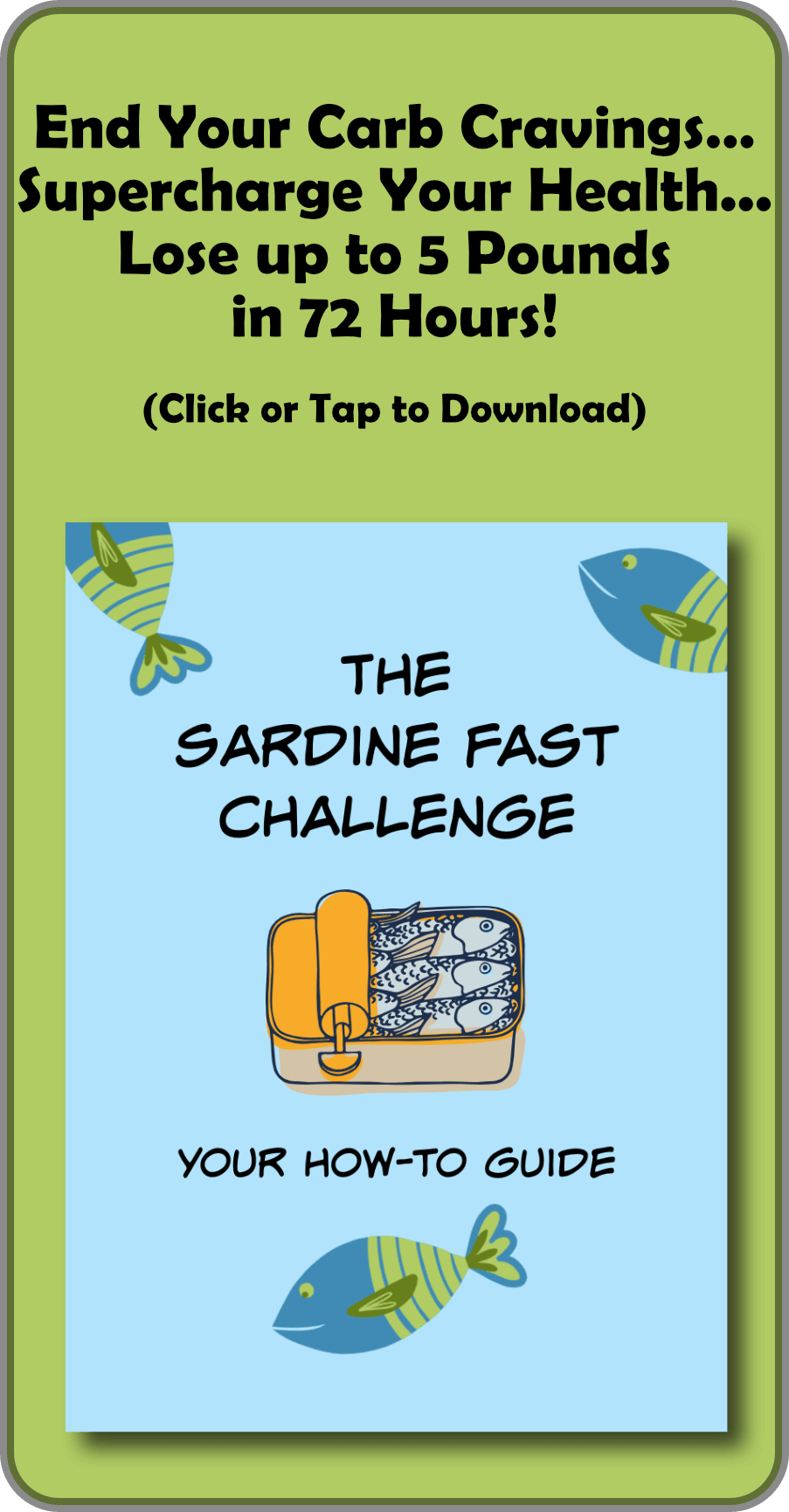
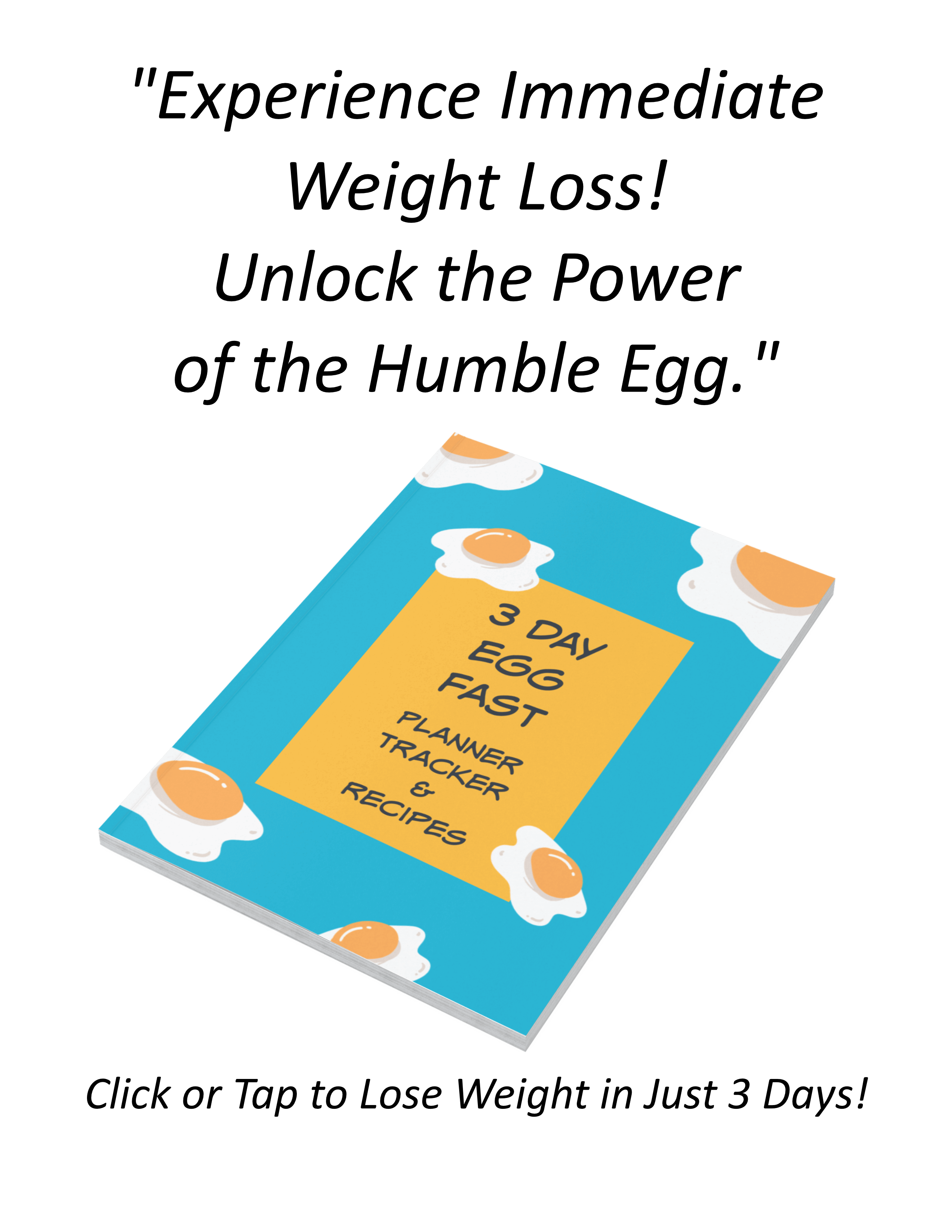

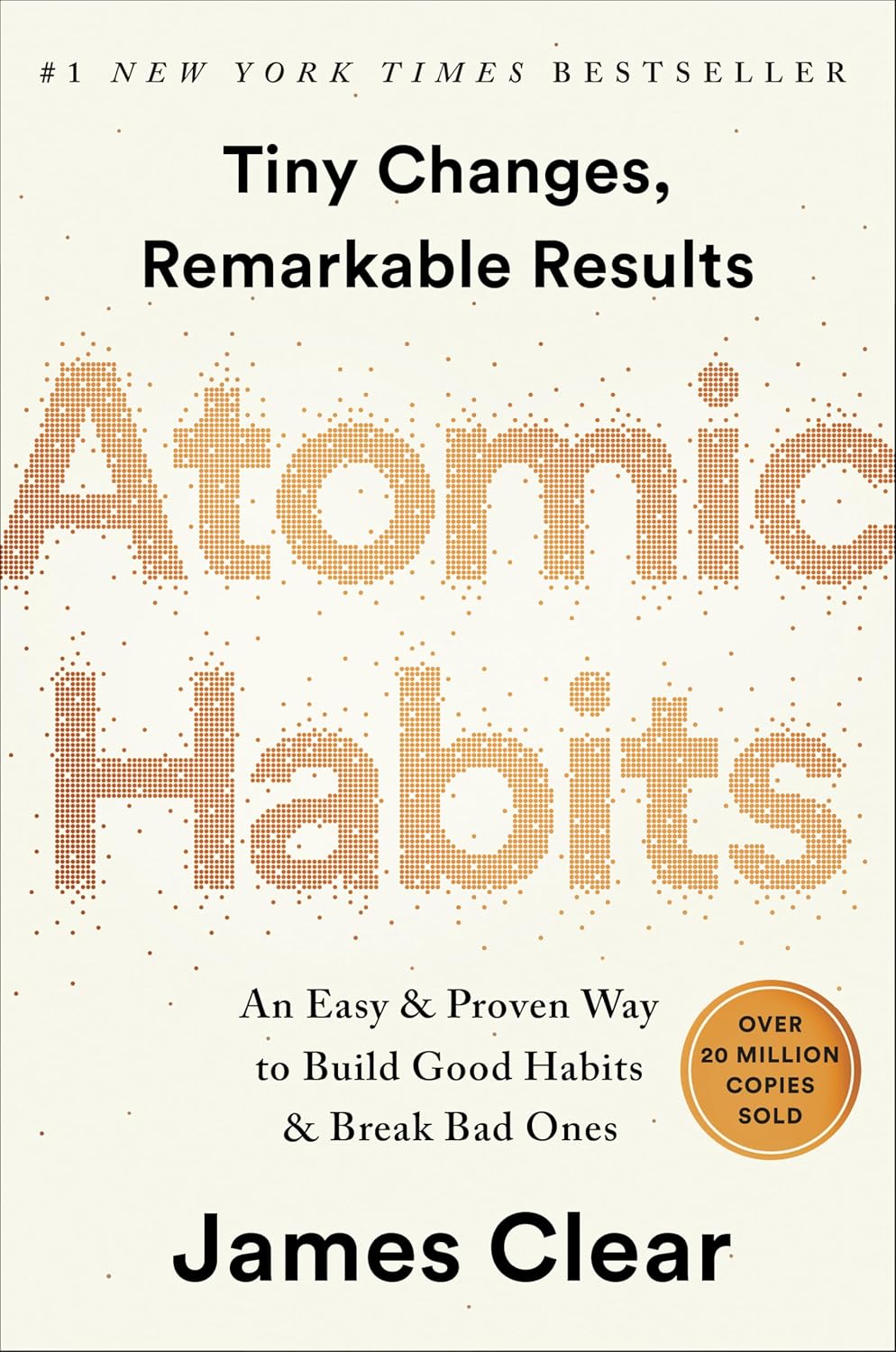
New! Comments
What do you think about what you have read on this page? I'd love to know! Leave me a comment in the box below.